The Bayeux Tapestry: One Of The Great Historical Records Of The Middle Ages
A. Sutherland - AncientPages.com - The Bayeux Tapestry is an impressive example of Romanesque art depicting the Norman Conquest of England in 1066 by William, Duke of Normandy, the historical event that culminated in the famous Battle of Hastings (Oct. 14, 1066).
The Bayeux Tapestry's vivid action expressed in the scenes strongly resembles a film, but it is more than that; the artifact is important as a source for 11th-century history.
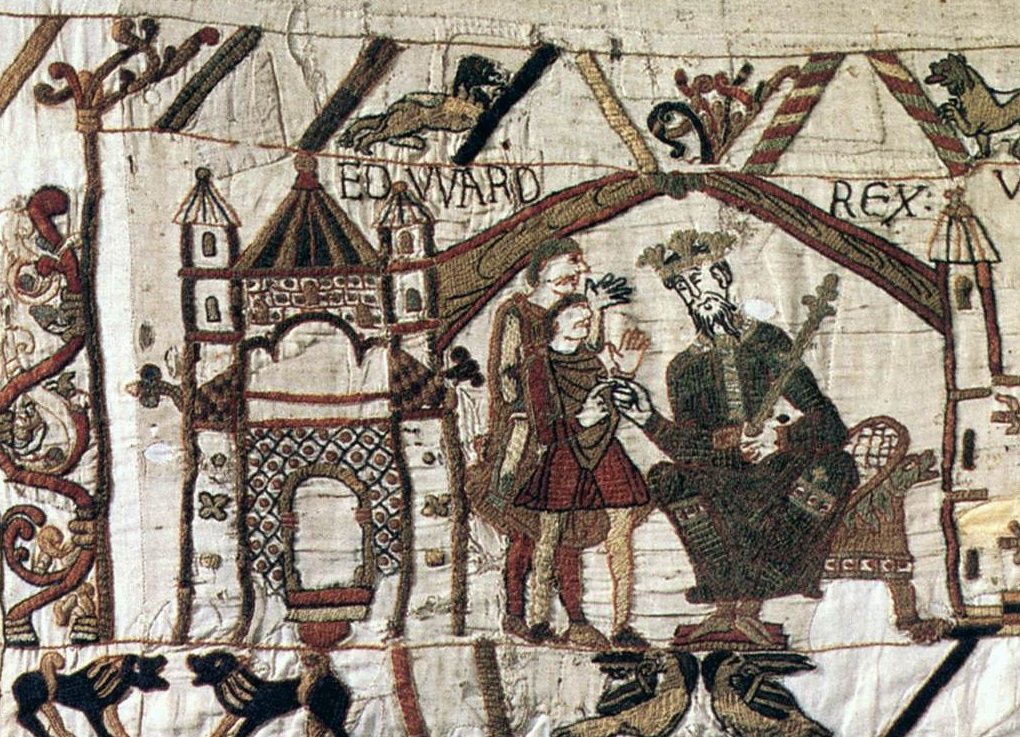
When first referred to (1476), the tapestry was used once a year to decorate the nave of the cathedral in Bayeux, France. There it was “discovered” by the French antiquarian and scholar Bernard de Montfaucon, who published the earliest complete reproduction of it in 1730. image credit: Bayeux Museum
The artwork is an embroidered cloth, about 229 feet (70m), 19.5 inches (49.5 cm) wide and weighs 350 kilos. It consists of fifty-eight embroidered scenes (other sources mention more than 70 scenes) with Latin tituli, embroidered on linen with colored woolen yarns.
With few exceptions, the events are presented in the historically correct sequence, with each of the heroes appearing several times.
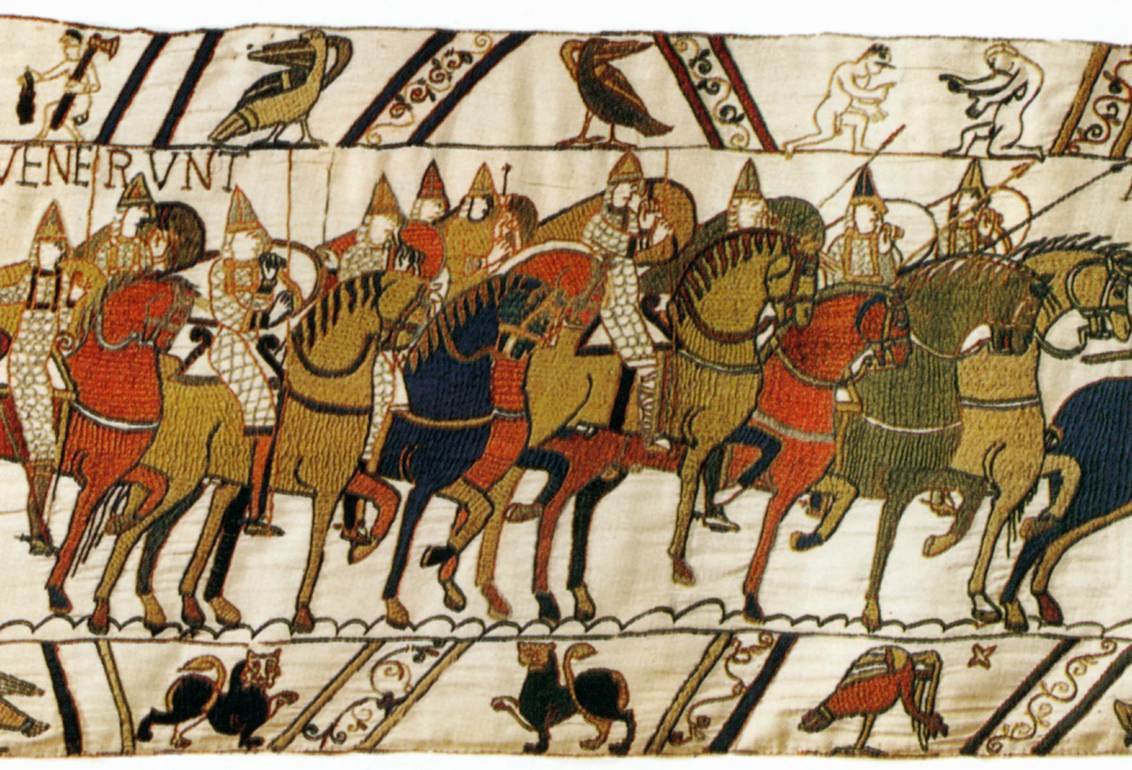
Having twice narrowly escaped destruction during the French Revolution, the tapestry was exhibited in Paris at Napoleon’s wish in 1803–04 and thereafter was in civil custody at Bayeux, except in 1871 (during the Franco-German War) and from September 1939 to March 1945 (during World War II). image credit: Bayeux Museum
The borders on the tapestry are full of additional depictions of subplots and legends that constitute a complement to the main scenes.
Ten colors of woolen thread are used to represent as many as 626 characters, the 37 buildings including Mont-Saint-Michel, 202 horses, mules, and the 41 ships.
Many fascinating historical characters(primarily male) are portrayed and among them, the most represented protagonists are Edward The Confessor, William, Duke of Normandy, King of England, Harold Godwinson, Earl of Wessex and Odon de Conteville, half brother of William and bishop of Bayeux.
Towards the end, the vivid action of the Battle of Hastings culminates and the lower border of the tapestry is devoted to dead and wounded soldiers, hordes of bowmen, and the plundering of casualties.
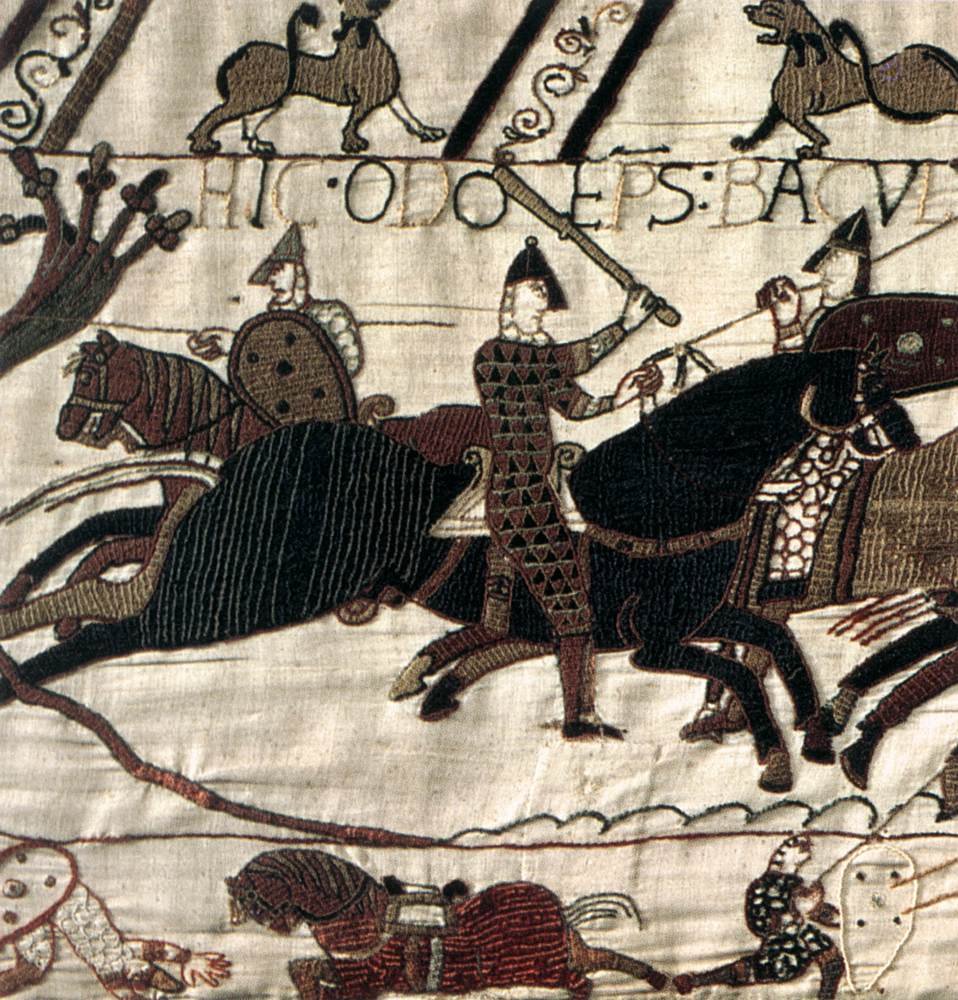
The decorative borders of the tapestry have value for the study of medieval fables. image credit: Bayeux Museum
It is easy to imagine all these events because an unknown skilled artist - an unknown English weaver - narrates them visually, leading the eye from one phase to another.
The depictions on the Bayeux Tapestry are handmade with woolen threads and needled onto a strip of linen. They are embroidered in red, yellow, grey, bright green and a darker green, and three shades of blue.
Although the tapestry has been exposed to light and dirt for over nine centuries, the eight colors of woolen thread are still vivid, bright and beautiful.
Many art historians assume that the tapestry was made in southern England (perhaps at the St Augustine monastery in Canterbury) for Odo of Bayeux, bishop, and half-brother of William the Conqueror. Almost certainly, the tapestry was hung in the hall of a bishop's palace.
It is presently exhibited in a special museum in Bayeux, Normandy, France, with a Victorian replica in Reading, Berkshire, England.
Written by – A. Sutherland AncientPages.com Staff Writer
Copyright © AncientPages.com All rights reserved. This material may not be published, broadcast, rewritten or redistributed in whole or part without the express written permission of AncientPages.com
Expand for referencesReferences:
More From Ancient Pages
-
 How Norwegians Expressed Resistance Against Nazi Occupation Using Christmas Cards
Featured Stories | Dec 21, 2023
How Norwegians Expressed Resistance Against Nazi Occupation Using Christmas Cards
Featured Stories | Dec 21, 2023 -
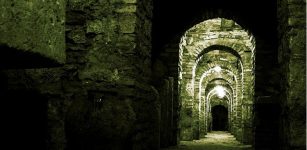 Strange Case Of 17th-Century Child Mummy Hidden From The Sun – What Does Virtual Autopsy Reveal?
Archaeology | Oct 26, 2022
Strange Case Of 17th-Century Child Mummy Hidden From The Sun – What Does Virtual Autopsy Reveal?
Archaeology | Oct 26, 2022 -
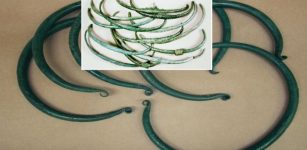 ‘Euros Of Prehistory’ Were Currency Of People From The Early Bronze Age Of Central Europe
Artifacts | Jan 21, 2021
‘Euros Of Prehistory’ Were Currency Of People From The Early Bronze Age Of Central Europe
Artifacts | Jan 21, 2021 -
 Pharaoh Hor Aha – 1st Dynasty Ruler Of Ancient Egypt Who Founded The City Of Memphis And May Have Been The Legendary Menes
Featured Stories | Jun 23, 2018
Pharaoh Hor Aha – 1st Dynasty Ruler Of Ancient Egypt Who Founded The City Of Memphis And May Have Been The Legendary Menes
Featured Stories | Jun 23, 2018 -
 On This Day In History: Harvard University – America’s Oldest Learning Institution Was Founded – On Oct 28, 1636
News | Oct 28, 2016
On This Day In History: Harvard University – America’s Oldest Learning Institution Was Founded – On Oct 28, 1636
News | Oct 28, 2016 -
 Only One In Four Western Roman Emperors Died Of Natural Causes
Archaeology | Oct 15, 2021
Only One In Four Western Roman Emperors Died Of Natural Causes
Archaeology | Oct 15, 2021 -
 How Gilgamesh Defeated Mighty King Agga Of Kish
Mesopotamian Mythology | Oct 16, 2016
How Gilgamesh Defeated Mighty King Agga Of Kish
Mesopotamian Mythology | Oct 16, 2016 -
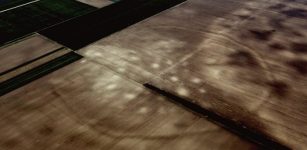 Vast Network Of Previously Unknown European Bronze Age Megastructures Discovered
Archaeology | Nov 20, 2023
Vast Network Of Previously Unknown European Bronze Age Megastructures Discovered
Archaeology | Nov 20, 2023 -
 How Climate Change Contruibuted To The Transition From Nomadic Hunter-Gatherers To Settlement And Farming Societies
Archaeology | Nov 27, 2021
How Climate Change Contruibuted To The Transition From Nomadic Hunter-Gatherers To Settlement And Farming Societies
Archaeology | Nov 27, 2021 -
 The First Australians Ate Giant Eggs Of Huge Flightless Birds That Went Excinct Over 47,000 Years Ago
Archaeology | May 25, 2022
The First Australians Ate Giant Eggs Of Huge Flightless Birds That Went Excinct Over 47,000 Years Ago
Archaeology | May 25, 2022 -
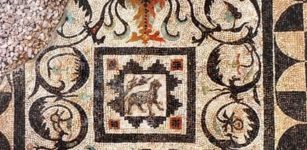 Beautiful Mosaic Dated To Graeco-Roman Times Discovered In Alexandria, Egypt
Archaeology | Jul 22, 2019
Beautiful Mosaic Dated To Graeco-Roman Times Discovered In Alexandria, Egypt
Archaeology | Jul 22, 2019 -
 Florida’s Ancient Underwater Burial Site Much Older Than Previously Thought
Archaeology | Jun 24, 2019
Florida’s Ancient Underwater Burial Site Much Older Than Previously Thought
Archaeology | Jun 24, 2019 -
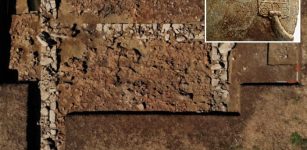 Archaic Temple (Part Of God Poseidon’s Sanctuary) At The Kleidi-Samikon Site In Greece – Unearthed
Archaeology | Jan 12, 2023
Archaic Temple (Part Of God Poseidon’s Sanctuary) At The Kleidi-Samikon Site In Greece – Unearthed
Archaeology | Jan 12, 2023 -
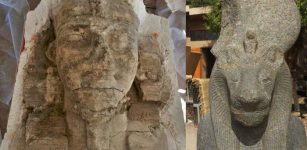 Two Giant Limestone Sphinxes Of Pharaoh Amenhotep III And A Statue Of Goddess Sekhmet Discovered In Luxor
Archaeology | Aug 11, 2022
Two Giant Limestone Sphinxes Of Pharaoh Amenhotep III And A Statue Of Goddess Sekhmet Discovered In Luxor
Archaeology | Aug 11, 2022 -
 One-Eyed Giants Fachan Were As Dangerous As Polyphemus And The Cyclops
Celtic Mythology | May 21, 2019
One-Eyed Giants Fachan Were As Dangerous As Polyphemus And The Cyclops
Celtic Mythology | May 21, 2019 -
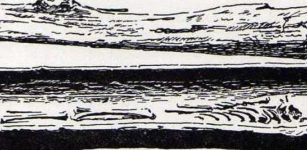 Ancient Burial Of A Princess Who Fell Off A Cliff Raises Many Questions
Archaeology | Apr 18, 2019
Ancient Burial Of A Princess Who Fell Off A Cliff Raises Many Questions
Archaeology | Apr 18, 2019 -
 Hnefatafl: Ancient Viking Board Game “King’s Table” Popular In Medieval Scandinavia
Ancient History Facts | Mar 20, 2016
Hnefatafl: Ancient Viking Board Game “King’s Table” Popular In Medieval Scandinavia
Ancient History Facts | Mar 20, 2016 -
 Ancient Mystery Of America’s Missing Metal – Can The Answer Be Found In Ancient Europe?
Civilizations | May 18, 2018
Ancient Mystery Of America’s Missing Metal – Can The Answer Be Found In Ancient Europe?
Civilizations | May 18, 2018 -
 Ancient Temple Dedicated To Aztec God Xipe Totec Discovered In Mexico Reveals A Gruesome Story
Archaeology | Jan 21, 2019
Ancient Temple Dedicated To Aztec God Xipe Totec Discovered In Mexico Reveals A Gruesome Story
Archaeology | Jan 21, 2019 -
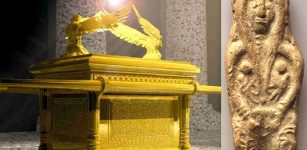 Was A Statue Of Asherah Hidden In The Ark Of The Covenant?
Artifacts | Dec 26, 2017
Was A Statue Of Asherah Hidden In The Ark Of The Covenant?
Artifacts | Dec 26, 2017
